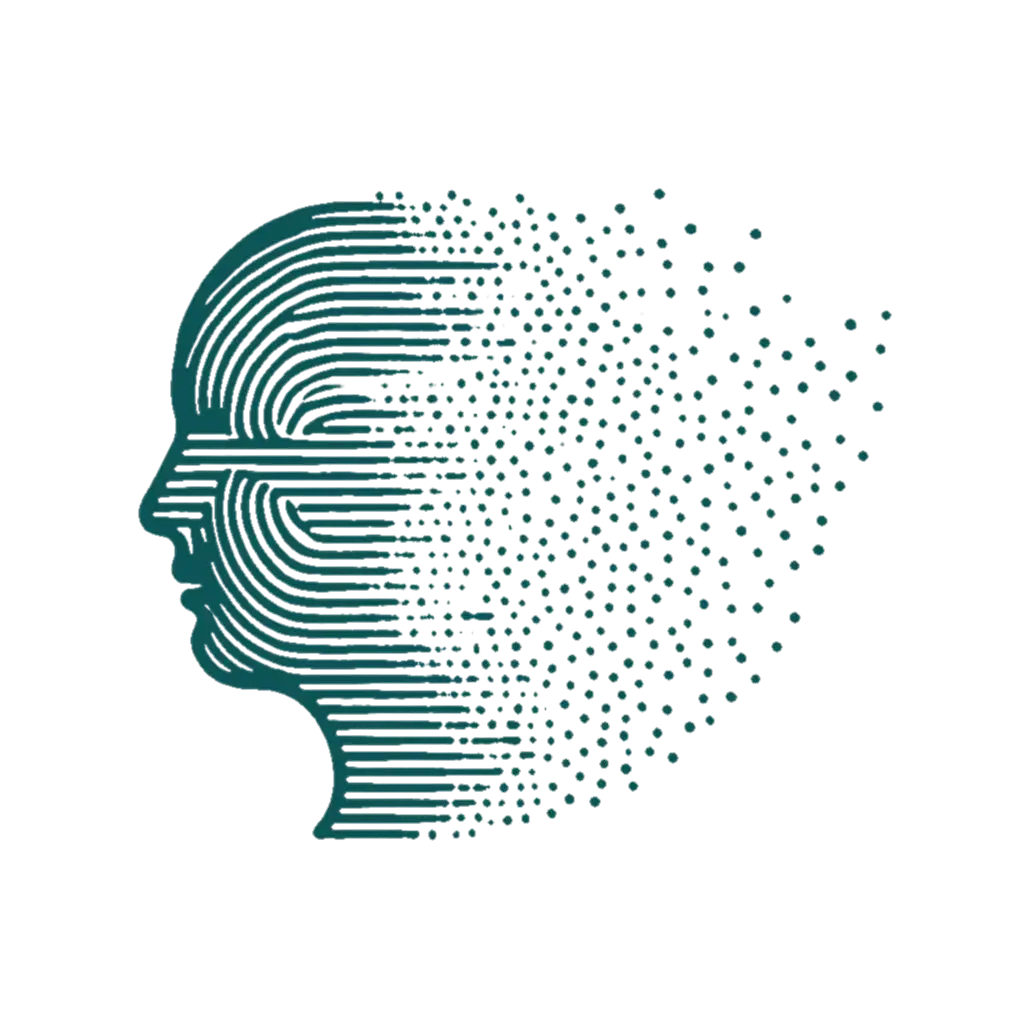“Art is not the product of intent, but the residue of constrained randomness.”
This statement presents a fascinating perspective on the nature of art and the creative process. Here’s a breakdown of this concept:
1. Challenging Intent as the Sole Driver#
- The statement challenges the common assumption that art is solely driven by the artist’s conscious intentions.
- It suggests that while artists may have goals or ideas, the final artwork is not simply a direct manifestation of those intentions.
2. The Element of Randomness#
- The statement introduces the idea of “randomness” as an important factor in art creation.
- This suggests that chance occurrences, unexpected events, or unintentional choices can play a significant role in shaping the artwork.
3. Constrained Randomness#
- Crucially, the randomness isn’t unbridled, but “constrained.”
- This highlights the importance of limitations, rules, frameworks, or even the artist’s own skills and biases in directing the random elements.
- Constraints provide a structure within which randomness can operate, leading to unexpected but ultimately meaningful results.
4. Art as Residue#
- The term “residue” suggests that the artwork is not the primary goal but rather a byproduct of the interplay between intent and constrained randomness.
- This perspective views the artwork as an artifact that embodies the creative process, revealing the artist’s journey through chance encounters and intentional choices.
Examples in Practice#
Automatism#
- Surrealist artists used techniques like automatic drawing and writing to access the unconscious and introduce random elements into their work.
Generative Art#
- Algorithms can be used to create art based on a set of rules and parameters, allowing for both intentional design and unpredictable outcomes.
Experimental Music#
- Composers might employ chance operations (e.g., using dice rolls to determine notes) within a pre-determined musical framework to explore unexpected sounds.
In essence, this statement argues that art arises from a dynamic interaction between intention and the unexpected, shaped by limitations that guide the creative process. Implications: This perspective encourages artists to be more open to chance and experimentation, embracing the unexpected as a source of creativity. It also suggests that viewers should appreciate the artwork not just for its final form but also for the traces of the creative process that it embodies. Ultimately, the statement “Art is not the product of intent, but the residue of constrained randomness” offers a unique lens for understanding the complex and often unpredictable nature of artistic creation.
Reply by Email